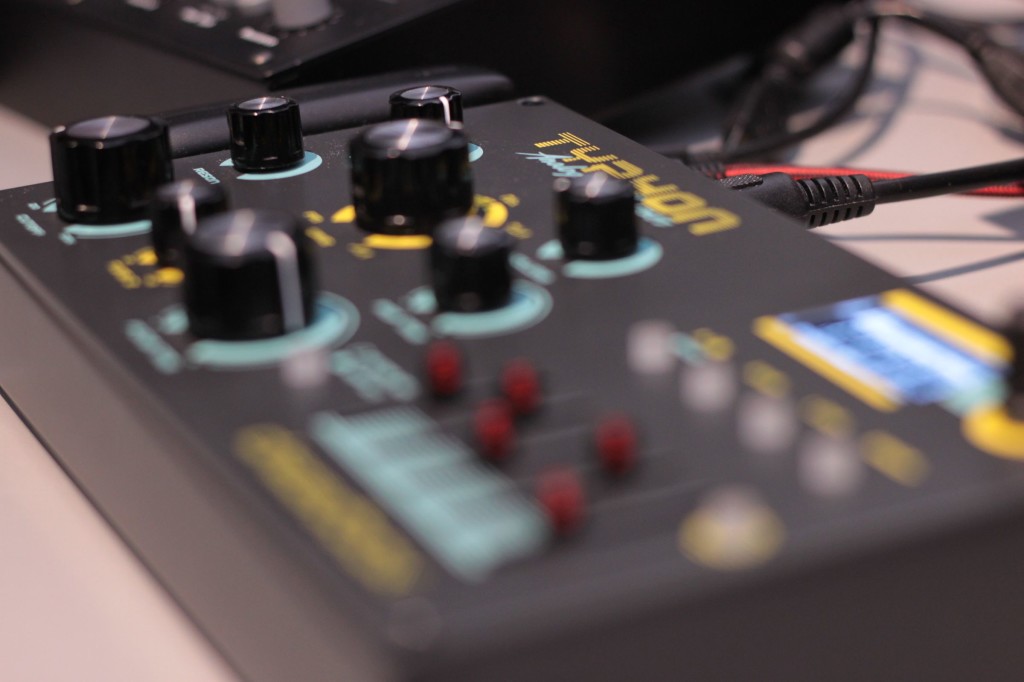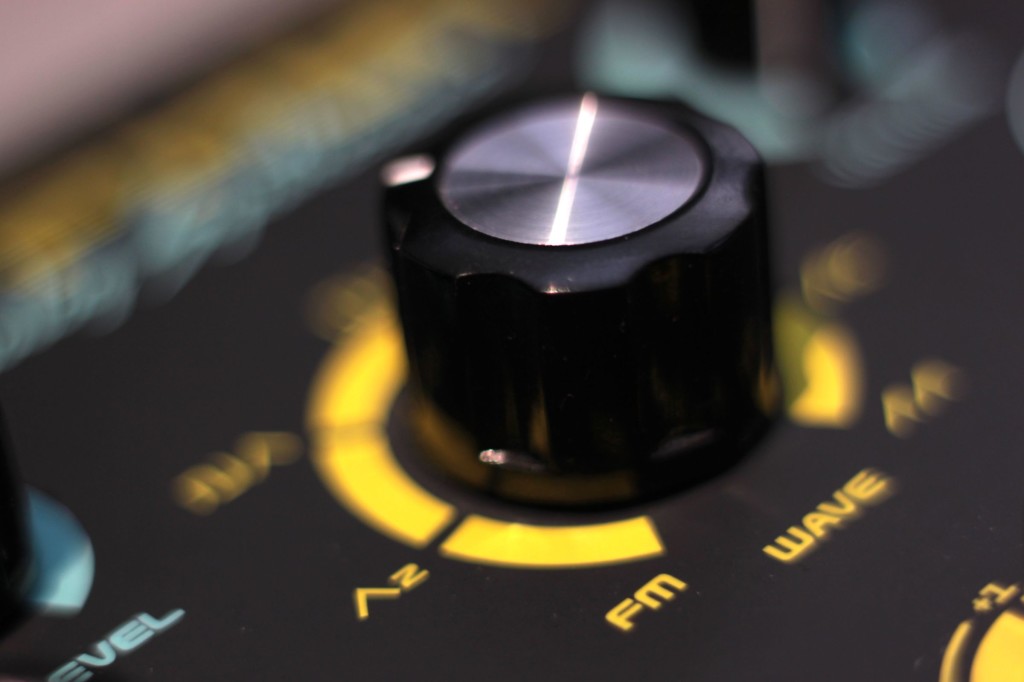Analog synth + Sinevibes digital effects – the Dreadbox Typhon is one of the most compelling synths of the moment. So we turn to one of its bug testers to let us know how to get the most out of this week’s big new update.
Adam Jay is a paid firmware bug tester for Dreadbox, but that means he’s had deep advance access to this new firmware. They add new stuff, he has the job of breaking it – and now it works, so let’s hear what the Typhon can do. -Ed.

Desktop synth, cosmic powers
The developers at Dreadbox have been keeping very busy with consistent firmware updates to their Typhon desktop analog mono synth. This little beast made quite a splash in 2020 thanks to its huge sound, portability, and high-quality Sinevibes effects. With so much added to it in the past month and a half, we felt it was time to update our original write up, as the Typhon is now a much more capable instrument than before.
Late December’s v3.0 firmware update increased the total modulation targets from thirteen to forty (more on those later), and added a new tempo range of 6BPM to 500BPM for the built-in sequencer, and made that tempo as well as sequencer clock division modulation destinations. Other necessary things like a screensaver and a preset manager application (Mac+Win) were also added to the package. These new features gave the Typhon the kind of quirky clocking tricks we’ve come to expect in Eurorack modules, but rarely find in desktop synthesizers.

Targeting computer, on
Let’s talk about those newly added modulation targets and the new “custom targets” feature. There are three main modulators on the Typhon. They can be an LFO, a sample-and-hold, an envelope generator, or a modulation sequencer. Users can mix and match these for each patch, as they see fit. You want three modulation sequencers and no LFOs? Have at it!
Previously, the targets in the modulators, whilst numerous and all simultaneously available, were still limited when you consider all the other parameters that exist inside the synth. The fixed destinations were limited to things like individual CV control of each of the two oscillators, waveform modulation, filter cutoff, filter FM, and effects mix amounts for each of the three Sinevibes effects processors. All told, there were ten slots, which were a wealth of useful stuff, but only the tip of the Typhon iceberg.

Custom targets
The v3.0 firmware turned the 3×10 mod matrix into a 3×13 mod matrix by adding three new slots per modulator. You can choose what those targets are, for each M1-M3 modulator and per patch. These are the new “custom targets”.
New destinations include all of the other effect parameters, highpass filter cutoff, sequencer divisions, sequencer tempo, lowpass filter resonance, and modulator levels of neighbor modulators. Yes, you can use one modulator to modulate the modulator before it – but not itself, or the next modulator after it.
It’s important to note that this 3×13 mod matrix is isolated to the M1-M3 mod section of the synth, and does not include all of the new modulation targets available in the Velocity, Aftertouch, Keytrack, and Mod Wheel menus. Each of those mod sources now has access to at least 39 destinations simultaneously. When you add it all up, you can now have some 189 simultaneous modulations running. It’s an incredibly flexible and deep capability for a desktop mono synth.
This week: preview presets and take control with MIDI
Not to be outdone by anyone but themselves, Dreadbox upped the ante this week with the v3.1.1 firmware update which adds a preset preview feature, MIDI output from the sequencer, and new MIDI CC’s for modulator types and effects types.
Using another sequencer, you can now change between that LFO or mod sequencer on modulator #3, per step. Or maybe you want one bar to use the Ping Pong Delay in FX3 while the next bar switches it to the luscious Cloud Reverb, and then back again. v3.1.1 makes this possible.
Here it is in action: MIDI control of MOD and FX types!
Playtime is now
For most of 2020, the Typhon was a fun little hook factory. You could make huge basses and searing leads with it, all with built-in high-quality effects. The interface invited constant knob and slider twiddling, and still does.
But in 2021, the Typhon is a deep modulation playground, where modulators can control the entire synth, each other, and sequencer tempo which can now be used to clock other gear. I use a small USB battery pack to power mine, affixed with Velcro, to the side of the unit. With a pair of headphones, I can take it all around the house and really dig in.
Thanks to these latest firmware updates, the digging is deeper than ever.
More:
Previously:
You can find Adam Jay many places, but Discogs is a good place to start.